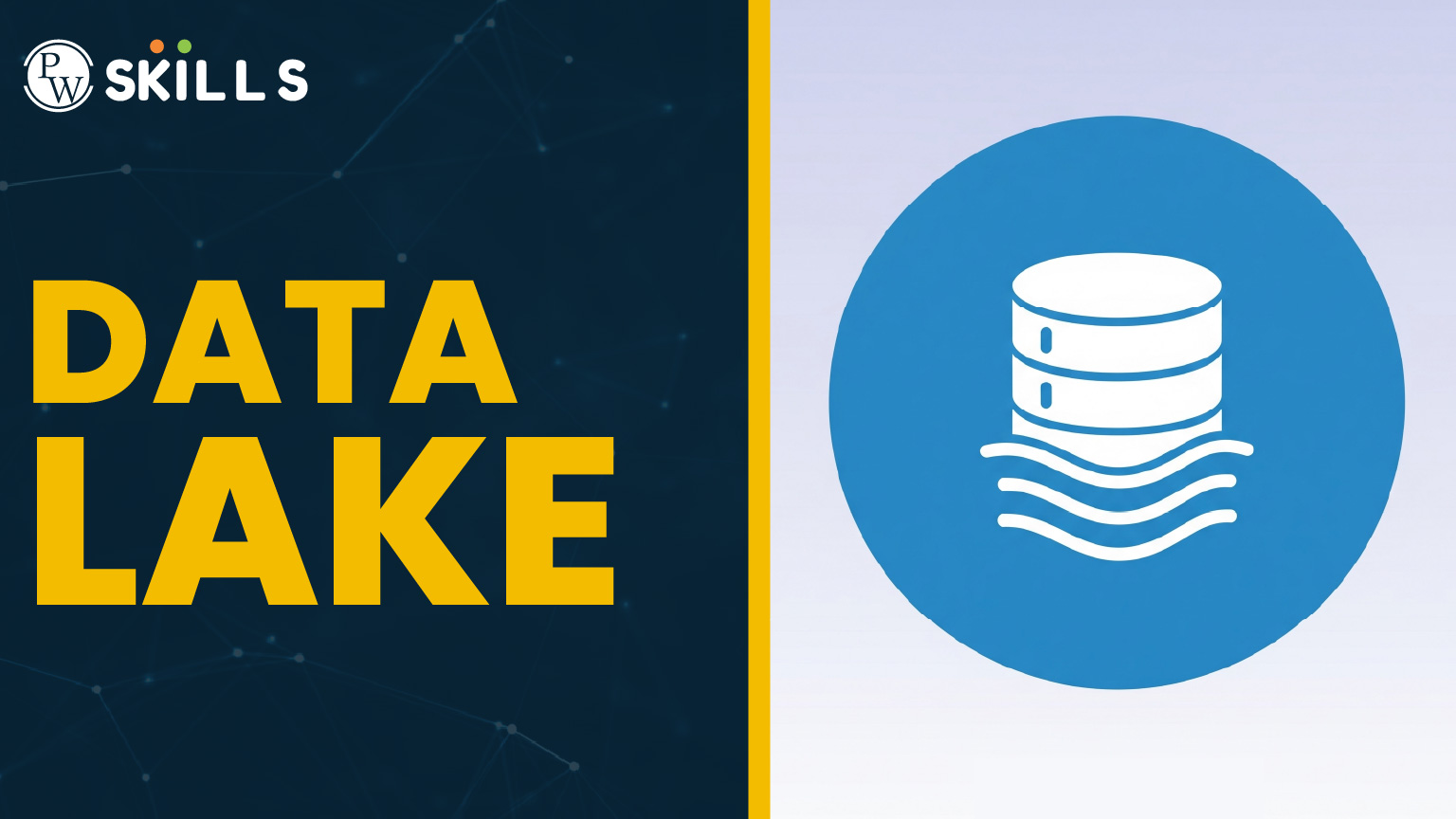Smart data management and storage can make or break a business in a fast-paced, data-centric world. And in this time of need, Data Lake turns out to be a necessity. A data lake allows you to gather, store, and process both structured and unstructured data without any requirements for formatting beforehand. The awareness of data lakes can give a scaling advantage to anyone, such as students just beginning their understanding of data science or data-driven professionals interfacing with business intelligence.
What is a data lake?
A data lake is a centralized storage for data of all types, from Excel spreadsheets to social media feeds, audio files, and sensor data. Unlike a traditional database, the data lake does not require you to sort or clean the data before storage. It lets you store now and process later and saves much time and effort at the front end.
Why do you require a data lake?
Flexibility with data, scale of storage, and real-time processing of information are functionalities being considered by companies to adopt data lake technology. Research by 451 states that cloud solutions for data lakes are being embraced by over 66 percent of enterprises now, owing to performance and scalability. Data lakes further advanced analytics, machine learning, and predictive maintenance, thus enabling teams to make smarter and swifter decisions. It may actually change the game, whether in customer personalization or operational excellence.
Understanding Data Lake Architecture
Data lake architecture is built to manage vast, varied, and fast-moving data. A solid data lake architecture usually has the following layers:
Ingestion Layer
Connects to various sources to bring data into the data lake.
Data Lake Storage Layer
Stores all the incoming data securely and scalably.
Processing Layer
Transforms raw data into usable insights.
Metadata and Catalog Layer
Tags and organizes the data lake for easy discovery.
Consumption Layer
Enables data access through dashboards, queries, or machine learning tools.
A clear and layered structure of this nature ensures that a data ecosystem does not turn into a “data swamp.”
Power of a Data Lake Storage
The storage capacity is one of the most convincing arguments in favor of a data lake. Data lake storage is constructed with consideration for scalability, flexibility, and low cost. You can store raw files that do not concern anybody about formats because they would have later applications in analytics, AI, or even R&D. Cloud-based data lake storage from vendors like AWS, Azure, or GCP offers elastic storage that grows as your data grows.
Advantages of a Data Lake
These are the reasons that many modern companies and tech enthusiasts are adopting data lakes:
- A Cheaper Solution: Particularly when utilizing cloud access
- Any Data Format is Supported: Structured, semi-structured, or unstructured
- Real-Time Processing: Streaming and IoT work perfectly with it
- Scalable: Grows along with your business or research needs
- AI Ready: Perfect for running machine learning and big-data models
Thanks to data lakes, experiments can be run by students, trends predicted by professionals, and major insights unlocked by enterprises.
Data Lakes’ Challenges and Best Practices
While a data lake is a fairy tale, it will quickly turn into a nightmare and that is data swamp with poor governance. Following listed are typical difficulties:
- Unorganized Data: Makes it hard to retrieve insights
- Security Vulnerabilities: Lacks surrounding proper access control
- Absence of Metadata: Makes search
- Best practices for maintaining a healthy data lake:
- Put metadata on every data item
- Audits and cleaning of outdated data regularly
- Use role-based access control
- Educate teams on data lake navigation
This will ensure the data lake is clean and functioning well.
Deployment of Data Lakes in the Cloud
The cloud deployment of a data lake is the most popular and effective path. Cloud services offer scalability, speed of deployment, and world availability. According to AWS, the most preferred option for data lake deployment by most of the organizations is the cloud offering high uptime, flexibility, and quick deployment.
Future of Data Lakes: Smarter and More Connected
The data lake facade is declining very fast. The entry of data lakehouses is a push to the industry, which combines the structure of data warehouses and the flexibility of data lakes. Integrations such as machine learning, real-time dashboards, and IoT have made data lakes a must-have and no longer an option.
For students entering tech, this is the hour to get involved and try out data lakes. For professionals, this is a talent that guarantees career safety.
Career Opportunities in Data Lake with Data Science
If the prospect of working with a data lake excites you, then your career path is very clear. Data science might be your first learning step. The connections between data lakes and the world of analytics, AI, and machine learning encompass skills that every data scientist needs. Roles from data engineers designing data lake architecture to analysts and AI practitioners interpreting insights are plentiful and in-demand.
PW Skills Data Science Course: A Gateway to Mastering Data Lakes
Master the power of data and data lakes with Data Science course for beginners and working professionals alike by PW Skills. From data lakes to ML models, the course bridges the gap between theory and the practical world. Get hands-on projects, mentoring from experts, and career support all in one place.
Yes, cloud-based data lakes are cost-effective and scalable, making them ideal for startups that expect data growth over time. Not always. Tools like AWS Lake Formation or Azure Data Lake offer low-code interfaces, though learning Python or SQL helps a lot. Many cloud providers like AWS and Google Cloud offer free-tier access where students can practice building and querying their own data lakes.FAQs
Is a Data Lake suitable for small businesses or startups?
Do I need to know programming to work with a Data Lake?
How can students get hands-on experience with Data Lakes?

